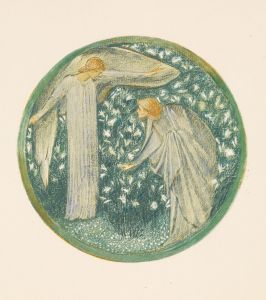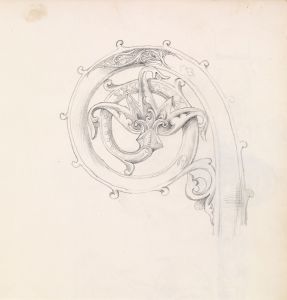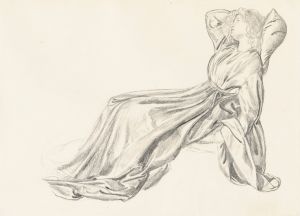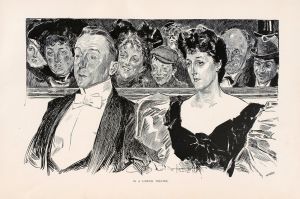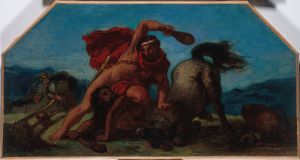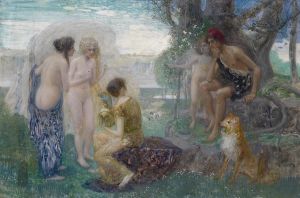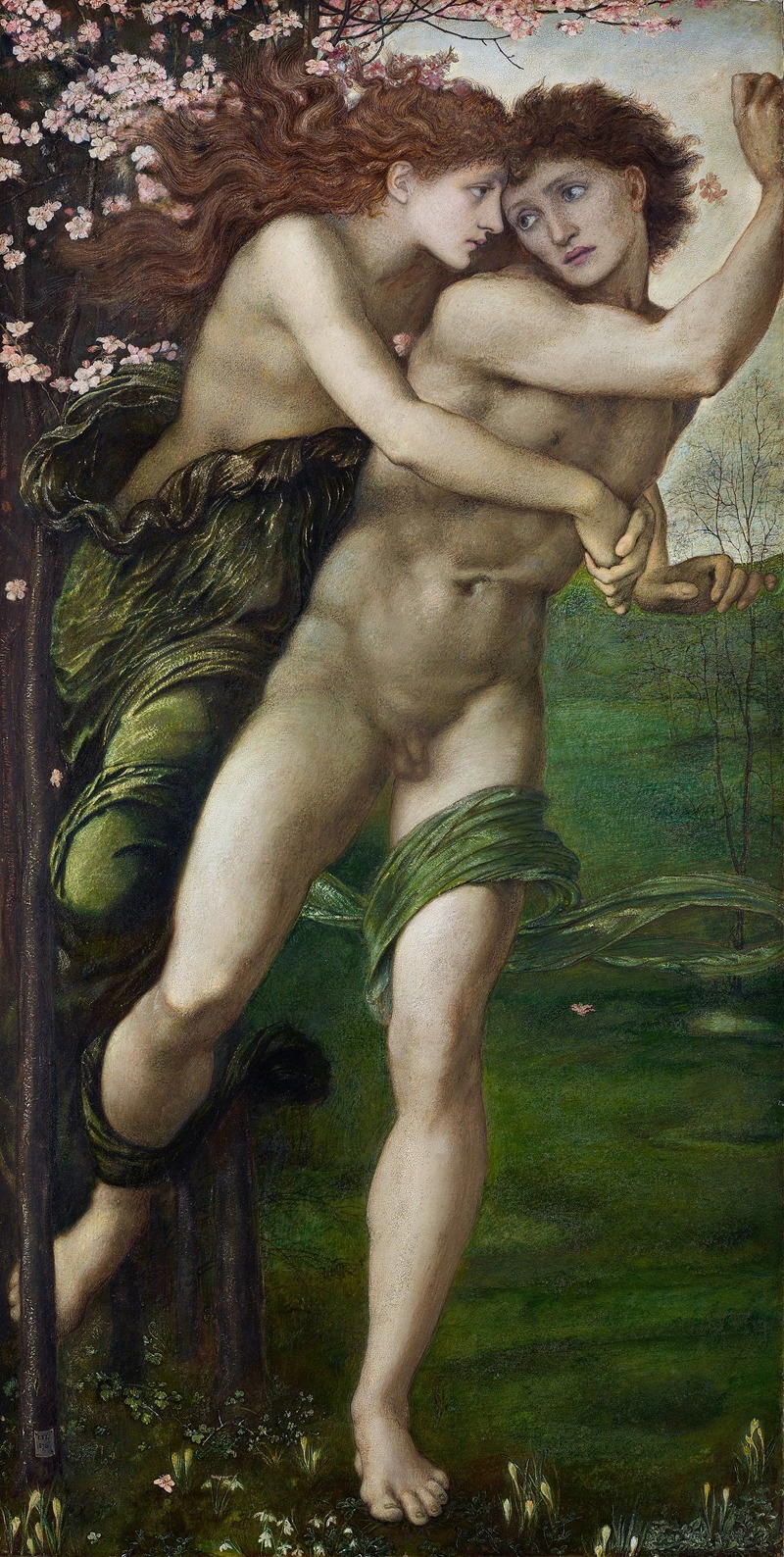
Phyllis And Demophoon
A hand-painted replica of Sir Edward Coley Burne-Jones’s masterpiece Phyllis And Demophoon, meticulously crafted by professional artists to capture the true essence of the original. Each piece is created with museum-quality canvas and rare mineral pigments, carefully painted by experienced artists with delicate brushstrokes and rich, layered colors to perfectly recreate the texture of the original artwork. Unlike machine-printed reproductions, this hand-painted version brings the painting to life, infused with the artist’s emotions and skill in every stroke. Whether for personal collection or home decoration, it instantly elevates the artistic atmosphere of any space.
"Phyllis and Demophoon" is a painting by the British artist Sir Edward Coley Burne-Jones, completed in 1870. Burne-Jones was a prominent figure in the Pre-Raphaelite Brotherhood, a group of English painters, poets, and critics founded in 1848. The Brotherhood sought to return to the detail, intense colors, and complex compositions of Quattrocento Italian art.
The painting "Phyllis and Demophoon" draws its subject from Greek mythology, specifically the story of Phyllis and Demophoon as recounted in Ovid's "Heroides." According to the myth, Phyllis was a Thracian princess who fell in love with Demophoon, the son of Theseus. Demophoon promised to return to her after a journey, but he failed to keep his promise. Heartbroken, Phyllis transformed into an almond tree. When Demophoon eventually returned and embraced the tree, it miraculously blossomed, symbolizing Phyllis's enduring love.
Burne-Jones's depiction of this mythological tale is characterized by his typical style, which includes elongated figures, a dreamlike atmosphere, and a focus on emotional expression. The painting captures the moment of transformation and reunion, emphasizing the themes of love, loss, and metamorphosis.
The composition of "Phyllis and Demophoon" is notable for its use of color and intricate detail. Burne-Jones employs a palette of soft, muted tones that enhance the ethereal quality of the scene. The figures of Phyllis and Demophoon are rendered with delicate precision, and the surrounding landscape is lush and verdant, reflecting the natural beauty that often accompanies Burne-Jones's works.
"Phyllis and Demophoon" is part of Burne-Jones's broader oeuvre, which frequently explores themes from classical mythology, medieval romance, and Arthurian legend. His works are known for their poetic and often melancholic qualities, as well as their meticulous craftsmanship. Burne-Jones's art was highly influential in the late 19th century, contributing to the development of the Aesthetic Movement and the Symbolist movement in Europe.
The painting is housed in the Birmingham Museum and Art Gallery, which holds one of the most significant collections of Burne-Jones's works. The museum's collection provides valuable insight into the artist's development and the broader context of the Pre-Raphaelite movement.
In summary, "Phyllis and Demophoon" by Sir Edward Coley Burne-Jones is a quintessential example of the artist's style and thematic interests. It reflects his fascination with mythological subjects and his ability to convey deep emotional resonance through his art. The painting remains an important piece within the Pre-Raphaelite canon and continues to be appreciated for its beauty and craftsmanship.





